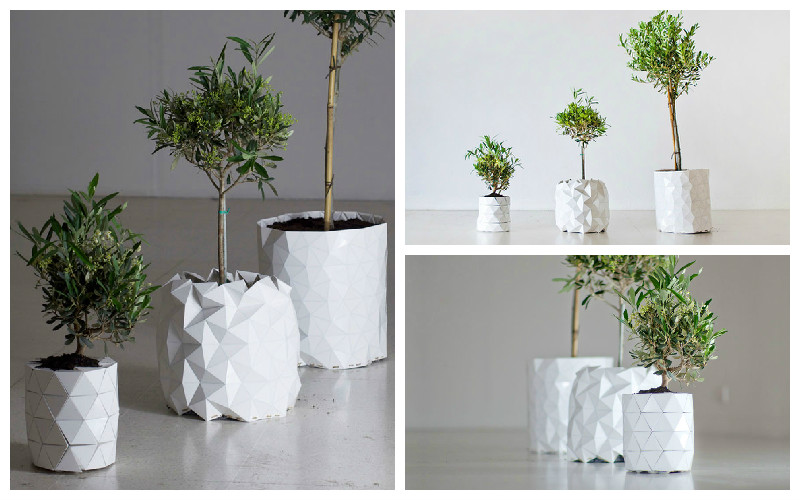Cultural and Historical Perspectives on Plant Containers

Plant containers, often regarded as a modern accessory for gardeners and plant enthusiasts, have deep cultural and historical roots. Their evolution reflects not just changes in gardening practices but also shifts in artistic expression, social customs, and environmental awareness. This article delves into the rich tapestry of history and culture surrounding plant containers.
The Ancient Beginnings
- Early Civilizations: Plant containers have a long history, with evidence of their use dating back to ancient civilizations like Egypt, Greece, and Rome. It’s fascinating to think about how the earliest plant containers were created and how they evolved over time. These early pots were primarily functional, used for growing medicinal herbs and food.
- Material Use: Initially, containers were made from readily available materials like clay, stone, and wood. The design and size varied according to the local resources and specific use.
Middle Ages to Renaissance
- Ornamental Evolution: During the Middle Ages, plant containers started gaining ornamental value, particularly in the Islamic world and Europe.
- Royal Gardens: In Renaissance Europe, elaborate and artistically designed plant containers became prominent in royal gardens, symbolizing status and wealth.
Industrial Revolution and Beyond
- Mass Production: The Industrial Revolution brought about mass production of plant containers, making them more accessible to the general public.
- Innovations: During the 19th and 20th centuries, there were groundbreaking advancements in materials engineering as new synthetic materials, including plastics, were introduced. These innovations have significantly impacted our life, making it easier and more convenient.
Modern Era and Environmental Concerns
- Sustainability: Today, there is a growing emphasis on sustainable and eco-friendly plant containers, with materials like biodegradable plant fibers and recycled plastics.
- Urban Gardening: The rise of urban gardening has led to the development of space-efficient and multi-functional plant containers.
Cultural Significance
- Aesthetic and Symbolic Value: Plant containers are not just functional; they often hold aesthetic and symbolic value in different cultures.
- Festivals and Traditions: In many cultures, certain plant containers are used during specific festivals or traditions, signifying their cultural importance.
Artistic Expression Through Plant Containers
- Craftsmanship: The design and craftsmanship of plant containers are forms of artistic expression, reflecting the culture and era in which they were made.
- Gardening Trends: Changes in gardening trends also influence the style and functionality of plant containers.
The Global Influence
- Cross-Cultural Exchange: The design and use of plant containers have been influenced by cross-cultural exchanges throughout history.
- Globalization: With globalization, there has been a fusion of styles and materials in the creation of plant containers, reflecting a blend of global cultures.
Conclusion
Plant containers, often seen as mere holders for plants, are in fact rich in cultural and historical significance. They mirror the artistic, social, and environmental changes over centuries, making them an integral part of human history and culture.



















